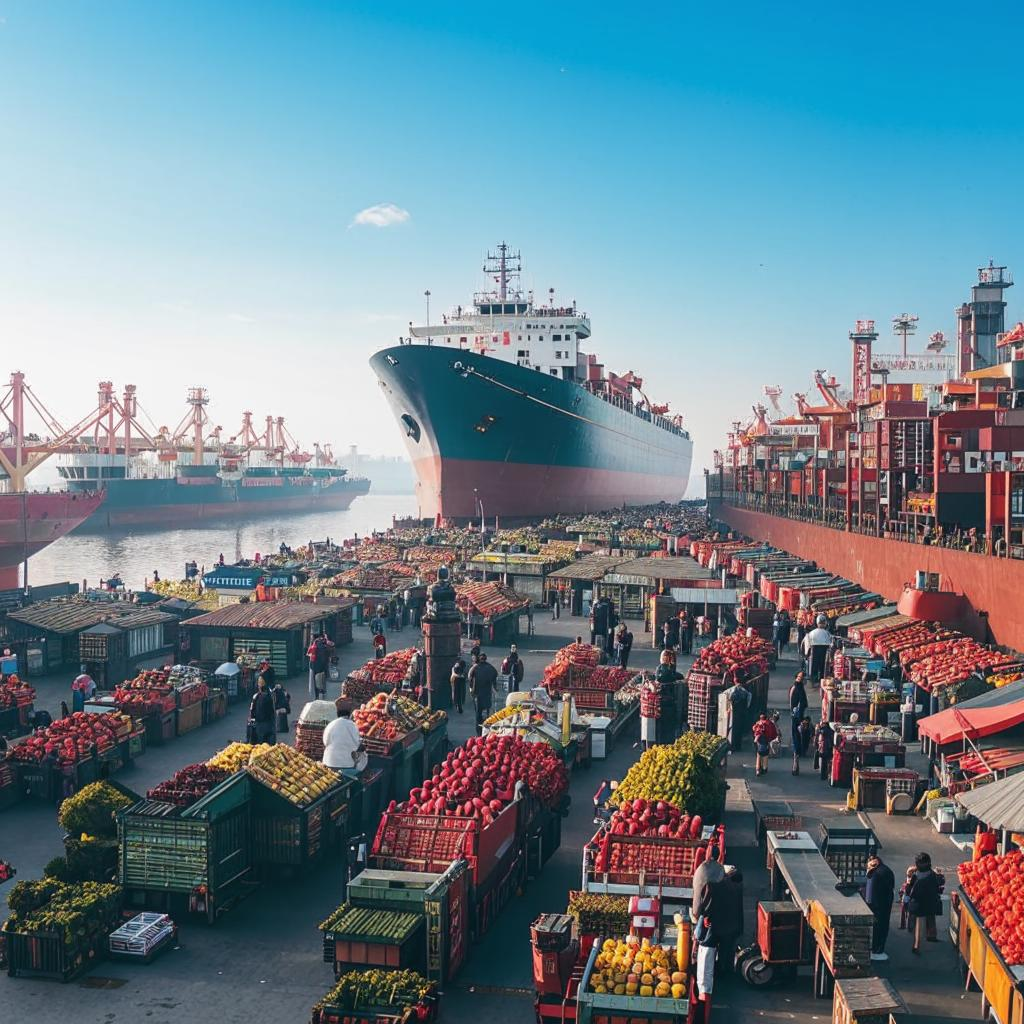The United States and China are increasingly diverging, creating significant uncertainty for the global economy. Deepening disagreements over trade, technology, and geopolitical influence are pushing the two economic superpowers further apart. This “monumental split,” as some analysts describe it, is raising concerns about the stability of international trade, investment flows, and global supply chains.
The decoupling is evident in several areas. The U.S. is actively restricting China’s access to advanced technologies, citing national security concerns and human rights issues. China, in turn, is promoting self-reliance and seeking to reduce its dependence on American technology. Trade restrictions, including tariffs and export controls, are becoming more prevalent, disrupting established trade patterns.
This growing divide is not just about economics. It reflects a fundamental clash of values and geopolitical ambitions. The U.S. views China’s growing assertiveness as a challenge to the existing world order, while China sees the U.S. as trying to contain its rise.
The consequences of this split are far-reaching. Businesses are facing increased uncertainty and are being forced to re-evaluate their supply chains and investment strategies. Geopolitical tensions are rising, increasing the risk of conflict. The global economy, already facing numerous challenges, is now confronted with the prospect of a more fragmented and unstable world. Navigating this new reality will require careful diplomacy, strategic planning, and a willingness to adapt to a rapidly changing landscape. The future of the global economy hinges on how the U.S. and China manage their increasingly fraught relationship.















